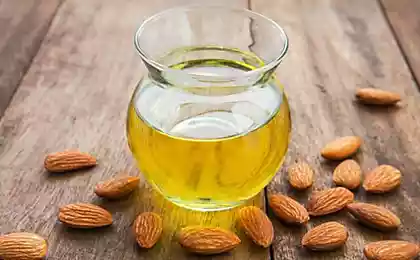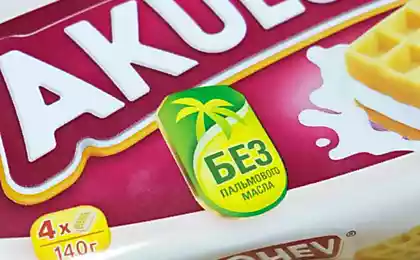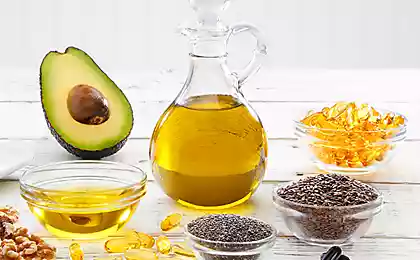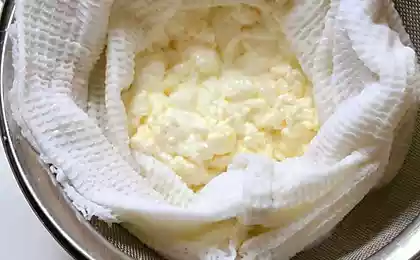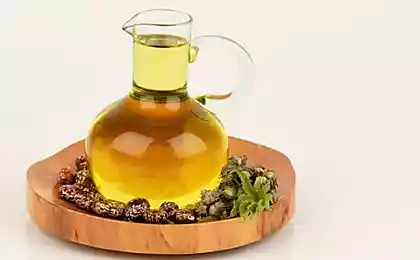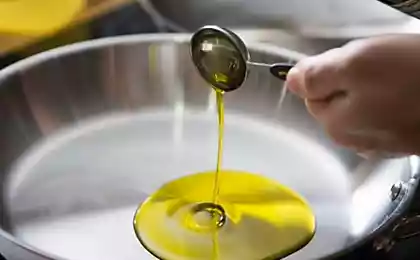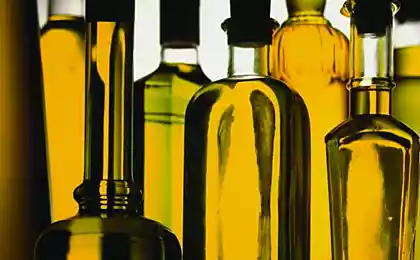215
Why it’s so important to identify palm oil in dairy and how to make it easy
How do I know if palm oil is in cheese? And is it possible to independently discover this cheap substitute for natural animal fats in purchased dairy products? Let's try to figure it out.
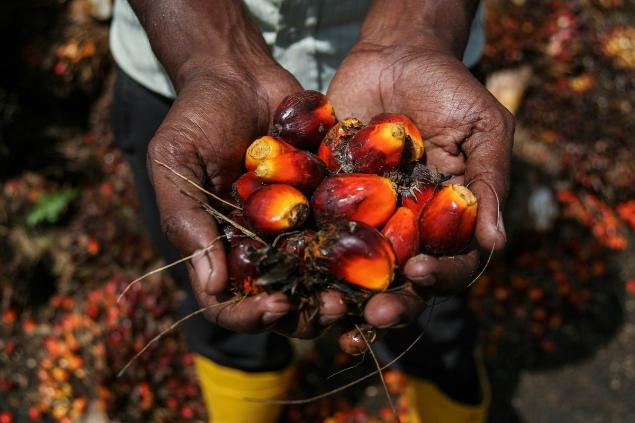
GettyImages Is There Palm Oil? What is palm oil? There is hardly a more controversial food product than palm oil. Some argue that it is more useful than cream and is a valuable source of vitamins, others say that it is a refractory and suspiciously cheap substance that should be used only for technical purposes. oil, around which so much speculation and controversy - the fruits of the oil palm. The homeland of this plant is considered the tropics of West Africa, but recently its main plantations are in Malaysia and Indonesia.
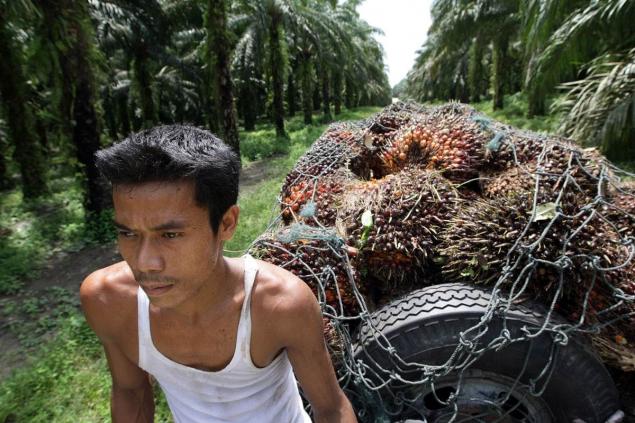
GettyImages Oil palm yields the largest crop of all vegetable oil sources. It does not require fertilizers and pesticides. Therefore, its cultivation brings huge profits to exporting countries. On the other hand, ecologists pay attention to the massive deforestation of tropical forests for oil palm plantations. Between 1990 and 2008, 8 percent of the world’s forests were destroyed.
Freshly squeezed palm oil has an orange color due to its carotenoid content. When heated, it is divided into two fractions: liquid with a melting point of 24 degrees and solid with a melting point of 44-56 degrees.
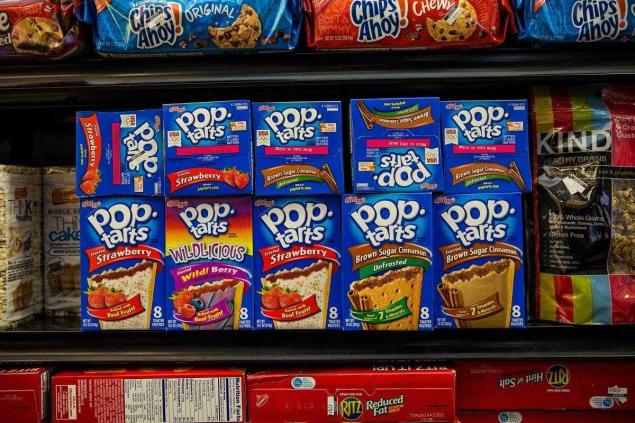
GettyImages Palm oil is very technological. When you add it to confectionery, the taste practically does not change, and the shelf life becomes much longer. And if you take into account the low cost, then it becomes clear the presence of a substitute for animal fats in condensed milk, mayonnaise, cookies, cheese, cottage cheese and sauces, baby food and candy, puddings and cakes.
Is it possible to detect palm oil in products? The Internet offers numerous life hacks that allow you to recognize products containing palm oil. Users, for example, are encouraged to microwave the cheese. Due to the higher melting point, palm oil melts more slowly than natural milk. Therefore, when heated to 40 degrees, natural cheese should melt, and counterfeited cheese will only dry.
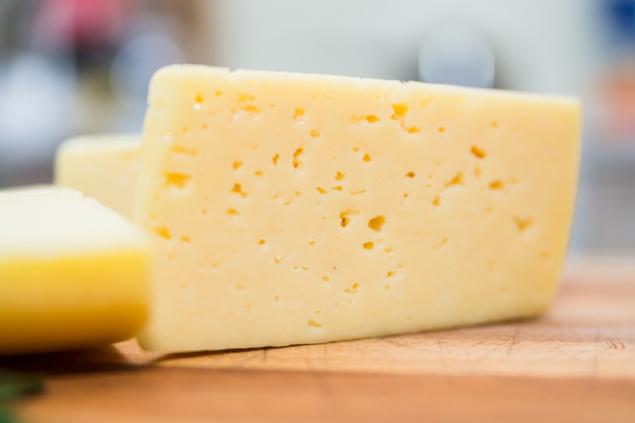
However, the weakness of this method is that in practice, no one uses palm oil in its pure form. Usually manufacturers mix it in different proportions with natural fats. From the way the cheese is melted, nothing can be said for sure.
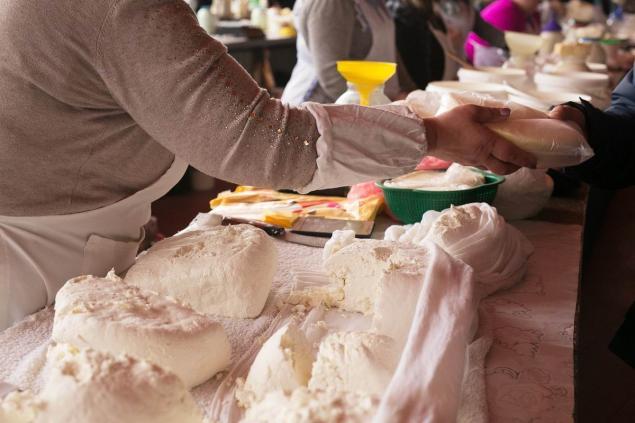
It is also advised to light on cottage cheese or oil with ultraviolet light. “If the color is yellow, then the product is natural, but if there is a white and blue glow, then this is a sign of vegetable fats,” experts say. This method has a real basis. True, you will not need a flashlight, but a professional phosphate, which is not affordable for everyone.
It is unlikely to work out and determine the “palm” to taste. This is only possible for organoleptic experts and only in cases where the concentration of vegetable fat is quite high. But to determine the presence of palm oil in heated butter is quite real. Natural will spread flakes, and with an admixture of vegetable fats - a homogeneous mass.
What about it? According to experts, it is impossible to unambiguously expose falsification without laboratory analysis. But there are ways to avoid falling for unscrupulous manufacturers.
We have already told how to choose only the highest quality and freshest food products from all the variety of products in supermarkets and markets. Knowing these secrets will save you from torment when choosing at the counter. Health and good appetite!
Photo preview and article .

GettyImages Is There Palm Oil? What is palm oil? There is hardly a more controversial food product than palm oil. Some argue that it is more useful than cream and is a valuable source of vitamins, others say that it is a refractory and suspiciously cheap substance that should be used only for technical purposes. oil, around which so much speculation and controversy - the fruits of the oil palm. The homeland of this plant is considered the tropics of West Africa, but recently its main plantations are in Malaysia and Indonesia.

GettyImages Oil palm yields the largest crop of all vegetable oil sources. It does not require fertilizers and pesticides. Therefore, its cultivation brings huge profits to exporting countries. On the other hand, ecologists pay attention to the massive deforestation of tropical forests for oil palm plantations. Between 1990 and 2008, 8 percent of the world’s forests were destroyed.
Freshly squeezed palm oil has an orange color due to its carotenoid content. When heated, it is divided into two fractions: liquid with a melting point of 24 degrees and solid with a melting point of 44-56 degrees.

GettyImages Palm oil is very technological. When you add it to confectionery, the taste practically does not change, and the shelf life becomes much longer. And if you take into account the low cost, then it becomes clear the presence of a substitute for animal fats in condensed milk, mayonnaise, cookies, cheese, cottage cheese and sauces, baby food and candy, puddings and cakes.
Is it possible to detect palm oil in products? The Internet offers numerous life hacks that allow you to recognize products containing palm oil. Users, for example, are encouraged to microwave the cheese. Due to the higher melting point, palm oil melts more slowly than natural milk. Therefore, when heated to 40 degrees, natural cheese should melt, and counterfeited cheese will only dry.

However, the weakness of this method is that in practice, no one uses palm oil in its pure form. Usually manufacturers mix it in different proportions with natural fats. From the way the cheese is melted, nothing can be said for sure.

It is also advised to light on cottage cheese or oil with ultraviolet light. “If the color is yellow, then the product is natural, but if there is a white and blue glow, then this is a sign of vegetable fats,” experts say. This method has a real basis. True, you will not need a flashlight, but a professional phosphate, which is not affordable for everyone.
It is unlikely to work out and determine the “palm” to taste. This is only possible for organoleptic experts and only in cases where the concentration of vegetable fat is quite high. But to determine the presence of palm oil in heated butter is quite real. Natural will spread flakes, and with an admixture of vegetable fats - a homogeneous mass.
What about it? According to experts, it is impossible to unambiguously expose falsification without laboratory analysis. But there are ways to avoid falling for unscrupulous manufacturers.
- Study the label carefully. It should indicate the presence of vegetable fat in the product. Instead of the phrase "palm fat" can be used its synonyms: "palmitic acid", "vegetable fat". The hint may be in the title itself. If it is written "cheese product", then it is clear that without plant components there was not enough.
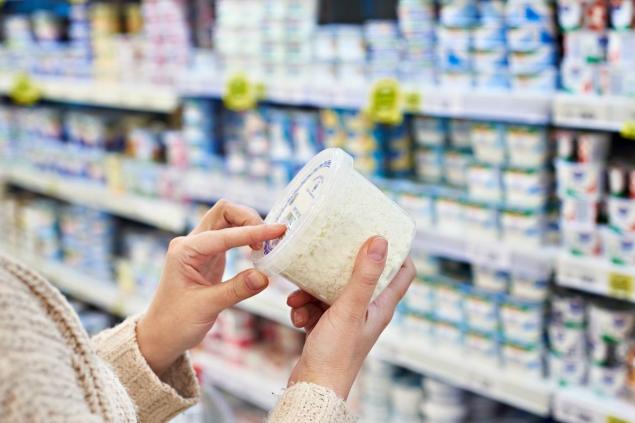
- The buyer should be alerted by a long storage period. It can be increased by either preservatives or palm oil.
- Remember that the cost of a quality product from natural raw materials can not be too low. Sometimes it is better to refuse a questionable product with a tempting price. In addition to palm oil, it can contain many other undesirable additives.
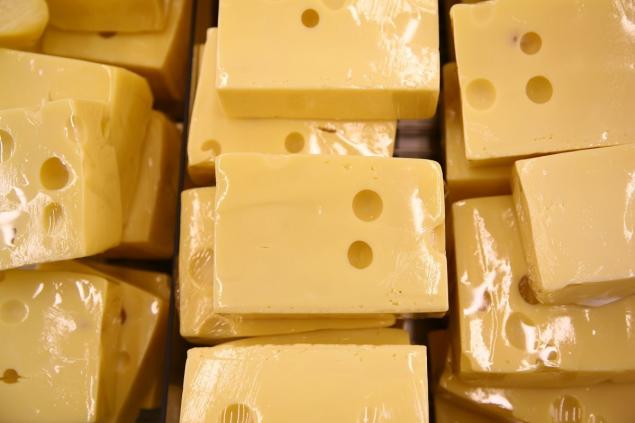
We have already told how to choose only the highest quality and freshest food products from all the variety of products in supermarkets and markets. Knowing these secrets will save you from torment when choosing at the counter. Health and good appetite!
Photo preview and article .
Expert on communication with negative people told how to communicate with citizens who are always bad
109-year-old woman admitted that she avoided men in every possible way, because she lived so long







